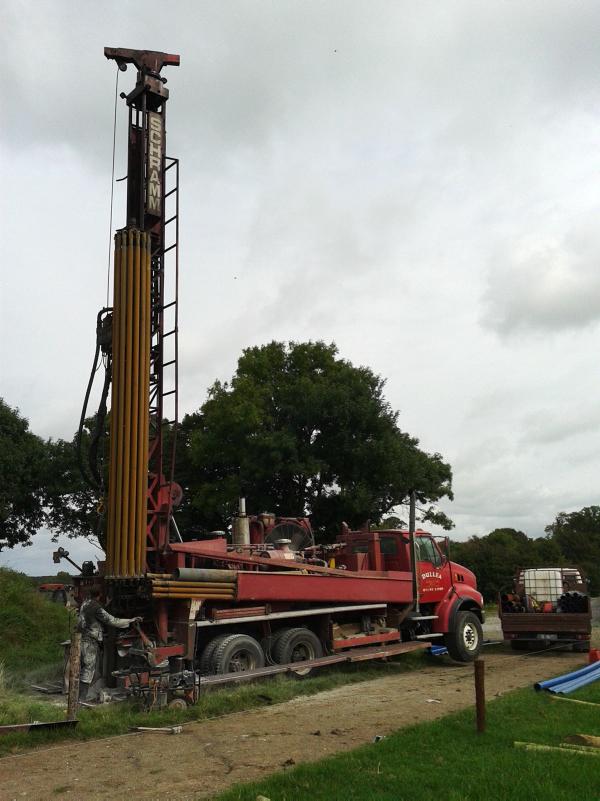“You could not have asked for a better year to go into cows”. I have lost count of the amount of times people have said this to me over the past few months. They speak the truth. Lady luck has certainly been on our side during our initiation to dairy farming. The rare combination of fine weather and good milk price has been very much welcomed on the Keane farm.
The last time I put pen to paper, we had experienced an extended period of dry weather. Grass growth in Ballywilliam had stalled and our average farm cover had eroded to below 500kg DM/ha. Thankfully, the rain came just in time to get growth back on track and we only had to feed baled silage for three days to fill the deficit. Continued excellent growing and grazing conditions have accommodated a more than adequate build-up of quality grass during the autumn.
Farm cover
Our average farm cover now stands at 1,180kg DM/ha with pre-grazing covers creeping over 2500kg DM/ha. So far, so good. However, I am a little concerned that if the weather does turn, grass utilisation will deteriorate substantially. We started closing paddocks on October 4 and to-date we have 19% of the milking platform grazed. We skipped some paddocks with high covers to allow us to graze 60% of the farm by the end of the month. For the system we are trying to implement, it is essential for us to close up paddocks on time and build a bank of quality grass for the spring.
This week we scanned the cows and were delighted with the results. After 11 weeks of AI, we had 0% empty and 98% were in-calf after six weeks. Hopefully they will hold for the full term. Recently we bought another batch of 20 heifers. This group have an average EBI of €201 (€55 milk/€113 fertility). We purchased them for €1,400 each from Kevin Heavin, one of the two sources of our foundation stock last year. Due to calve in February, the heifers were all served to dairy AI sires, comprising HEK, ABO and DGC. This brings our planned total number of dairy females calving next year to 67.
This past month we received correspondence from Offaly County Council. Planning permission for our proposed farmyard development has been granted. Relief at last.
Although everything is now in place to start construction, we have decided to put the project on standby until summer 2015. If we hold out for another few months, we may be able to avail of the much anticipated TAMS II grants (60% for young farmers). It is too tempting an opportunity to ignore, especially with the short-term outlook of milk price appearing increasingly unhealthy.
We intend to house the cows on slats again this winter and milk them with the temporary six-unit, one-sided, parlour. Not the most labour-efficient setup, but we don’t want to put the cart before the horse. Our plan is to get stock on the ground, producing to their potential, prior to taking on bank debt. Inadvertently, we have undertaken a relatively low-cost path of dairy farm development. Needs must!
Costs
Low cost does not mean no cost. We continue to spend on areas that we believe will provide the quickest return on investment. A few weeks ago, Pat Dullea of Dullea Drilling bored a well 440ft deep in close proximity to our farmyard. The cost of drilling is €7.50/foot to bore, €6/foot to line to the top of the rock and then if required it might need a plastic liner to the top at €1.50/foot.
Currently, our water is supplied by a local water scheme. However, it would be uneconomical for us to continue this arrangement into the future. We also recently completed cow roadway fencing on the milking platform. Our local fencing contractor, Michael Fox, must think that we have lost the plot, installing gaps at every possible opportunity. It adds substantially to the initial expenditure, with extra strainers, gate-handles and egg-insulators. However we believe these exit and entry points will be essential to allow us practice on-off grazing during times of unfavourable ground conditions.
The autumn reseed received its post-emergence spray one week prior to grazing. The weather has been very kind since the seed was sown. It has been grazed once. Hopefully we will get one more opportunity to graze it bare before the cows are housed, thereby encouraging winter tillering.
The cows are currently yielding 14 litres of milk on 1kg of meal at 4.17% protein and 4.63% butterfat (1.3kg MS/cow) with an SCC of 57. We intend to begin dry-off at the start of November for two reasons. Firstly, it was brought to our attention, by our discussion group, that heifers require a longer dry period than cows to allow adequate time for mammary gland recovery. Secondly, with 79% of our quota filled, we have only 45,262 litres remaining until the end of the final quota year. The total predicted production of our herd for February and March is 54,565 litres. Therefore to limit our exposure to a super-levy bill we will undertake an early dry-off and feed whole milk to calves.
It’s hard to believe that in a month’s time we will have our first milking season as dairy new entrants under our belt. I am not naïve enough to think that every year will be as good for grass growth and milk price, but there’s no harm in dreaming! I wonder how long does beginner’s luck last?!






 This is a subscriber-only article
This is a subscriber-only article











SHARING OPTIONS: